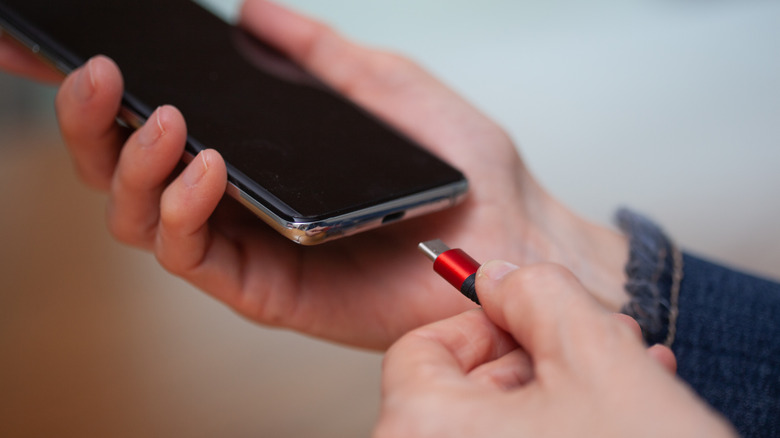
The Android home screen is great for anyone looking to customize their mobile experience, as it can host numerous apps and provide unique customization opportunities. Widgets are an essential part of this because they act as small interactive applications directly on the home screen. By providing instant access to a variety of functions without having to open the full application, these innovative assets transform the device layout into an incredibly attractive hub that not only comes with quick and easy access, but also truly reflects the user’s needs and preferences.
With so many great tools available, it’s hard not to take advantage of these features that make a difference. Consumers have many options to choose from, including news feeds, fitness tracking, weather updates, calendar events, music controls, note taking, and more. These shortcuts bridge the gap between the desire for instant information and the necessity of maintaining a clutter-free interface, allowing users to enjoy seamless digital engagement that is productive and visually engaging.
Fortunately, adding these convenient widgets to your Android home screen is a straightforward process, even for those who might not consider themselves tech savvy. This accessibility ensures that everyone can make the most of these features, enhancing their device’s functionality and personal appeal in just a few simple steps.
How to add widgets to your Android home screen
To start using widgets, you first need to add them to the home screen of your Android device. This step-by-step guide simplifies the process of adding these versatile widgets and will help you start enjoying everything Android widgets have to offer in no time.
- Touch and hold an empty space on the home screen.
- Click on Widgets from the list that appears.
- Find the app that has the widget you want and click on it.
- Touch and hold the widget, drag it to where you want it on your home screen, then lift your finger.
- To change the size of the widget, touch and hold it. If it can be resized, you’ll see an outline with dots on the sides. Drag the points to resize the widget.
Make sure you follow these instructions to make sure everything runs smoothly, and there shouldn’t be any issues or setbacks to worry about. However, before you go crazy adding a lot of these changes to your home screen, you should be aware of how these additions affect the battery life and performance of your device.
How gadgets affect battery life and performance
While widgets make things more accessible on your Android device, they can also have an impact on its performance and battery life, which largely depends on their complexity and frequency of data updates. Simpler widgets, such as those that display the time or weather, generally have less impact on system resources. However, more complex options, especially those that frequently sync online data such as social media feeds or news updates, can consume more CPU and memory. Increased usage will likely slow things down considerably, especially on older or less powerful models.
As such, users should be mindful of the number and type of tools they use on a regular basis to ensure a strong balance between comfort and function. Some of them are updated regularly or run background processes, such as email or messaging apps, which tend to take a toll on power levels faster. To obtain new data consistently and efficiently, both the device’s processor and network connection are used, which requires a significant amount of power to accomplish.
To avoid this problem, you should choose tools that do not sync data frequently and consider some options that can be updated manually. Adjusting settings can also be a factor to help save battery while keeping useful functions running at full capacity. Keeping all of this in mind can help you get the most out of your Android device.
If you want to customize and personalize your Android home screen, adding widgets is a great way to do so. Widgets provide quick access to information and allow you to interact with your favorite apps directly from your home screen. Whether you want to see the weather at a glance, track your fitness goals, or have quick access to your calendar, adding widgets can make your Android home screen more functional and enjoyable to use. In this guide, we’ll walk you through the steps of adding widgets to your Android home screen and give you some tips for choosing the best widgets for your needs.

